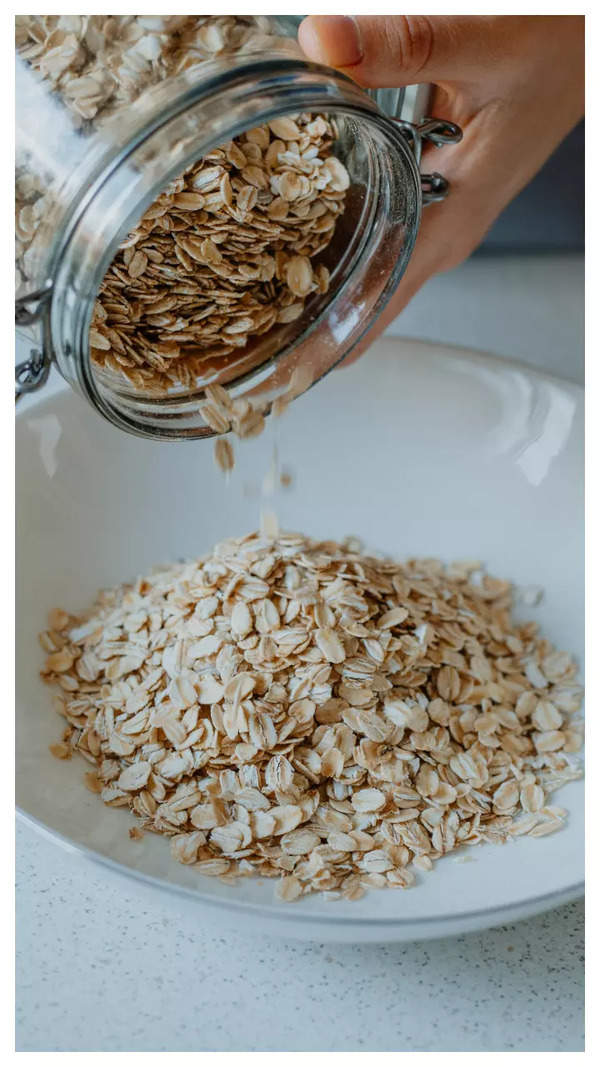- News
- City News
- chandigarh News
- Bathinda, Bahadurgarh air among ‘foulest’ in India
Bathinda, Bahadurgarh air among ‘foulest’ in India

Bathinda: Punjab’s Bathinda and Haryana’s Bahadurgarh are among the Indian cities with foulest air. Cities within and outside National Clean Air Programme (NCAP) showed barely different particulate matter 2.5 (PM2.5) trends in private advocacy Centre for Science and Environment’s analysis report released on the eve of the UN Day of Clean Air for Blue Sky.
Punjab, Rajasthan and Maharashtra dominated the NCAP list of cities with significant increase in the PM2.5 levels. In the 46 non-covered cities, 15 have worsened significantly. Ankleshwar in Gujarat is the worst with 34% increase, while Bahadurgarh (Haryana), and Bathinda (Punjab) are second with 20% increase. Haryana, MP and Gujarat dominate the non-NCAP list. Palwal (Haryana) with 60% improvement is the best.

The NCAP targets 20 to 30% reduction in PM2.5 and PM10 concentrations by 2024 from base year 2017 but Central Pollution Control Board’s latest assessment for disbursement of performance-linked funds has considered only thge PM10 data of coarse dust particles. PM2.5 are tinier particles but much more harmful.
CSE’s research and advocacy executive director Anumita Roychowdhury said: “Dependence on only manual monitoring of PM10 creates a bias in spending, as it shifts focus towards dust control and diverts attention from composite action on industry, vehicles, waste, and solid fuel burning.”
The NCAP covers 132 cities, 82 of which are funded by the programme. While 50 cities received money from the 15th Finance Commission, Rs 6,425 crore has been released till the year 2021-22, while Rs 2,299 crore is earmarked for the year 2022-23. Cities are required to quantify improvement, which must be 15% or greater reduction in the annual average PM10 concentration and a concurrent increase in good air days to more than 200. Anything below will reduce the funding.
Both kind of cities (NCAP and non-NCAP) have mixed air quality even when the climatic zones change, which means that they must reduced their suspended particulate matter substantially for meeting the national ambient air quality standards. The centre measured near-identical annual PM2.5 level increase in 16 NCAP and 15 non-NCAP cities, besides near-identical improvement in 20 NCAP and 21 non-NCAP cities. In all the cities under survey, the air improved significantly in 2020’s extended lockdown when the Covid-19 pandemic started.
Punjab, Rajasthan and Maharashtra dominated the NCAP list of cities with significant increase in the PM2.5 levels. In the 46 non-covered cities, 15 have worsened significantly. Ankleshwar in Gujarat is the worst with 34% increase, while Bahadurgarh (Haryana), and Bathinda (Punjab) are second with 20% increase. Haryana, MP and Gujarat dominate the non-NCAP list. Palwal (Haryana) with 60% improvement is the best.

The NCAP targets 20 to 30% reduction in PM2.5 and PM10 concentrations by 2024 from base year 2017 but Central Pollution Control Board’s latest assessment for disbursement of performance-linked funds has considered only thge PM10 data of coarse dust particles. PM2.5 are tinier particles but much more harmful.
CSE’s research and advocacy executive director Anumita Roychowdhury said: “Dependence on only manual monitoring of PM10 creates a bias in spending, as it shifts focus towards dust control and diverts attention from composite action on industry, vehicles, waste, and solid fuel burning.”
The NCAP covers 132 cities, 82 of which are funded by the programme. While 50 cities received money from the 15th Finance Commission, Rs 6,425 crore has been released till the year 2021-22, while Rs 2,299 crore is earmarked for the year 2022-23. Cities are required to quantify improvement, which must be 15% or greater reduction in the annual average PM10 concentration and a concurrent increase in good air days to more than 200. Anything below will reduce the funding.
Both kind of cities (NCAP and non-NCAP) have mixed air quality even when the climatic zones change, which means that they must reduced their suspended particulate matter substantially for meeting the national ambient air quality standards. The centre measured near-identical annual PM2.5 level increase in 16 NCAP and 15 non-NCAP cities, besides near-identical improvement in 20 NCAP and 21 non-NCAP cities. In all the cities under survey, the air improved significantly in 2020’s extended lockdown when the Covid-19 pandemic started.
FOLLOW US ON SOCIAL MEDIA
FacebookTwitterInstagramKOO APPYOUTUBE
Start a Conversation
end of article









